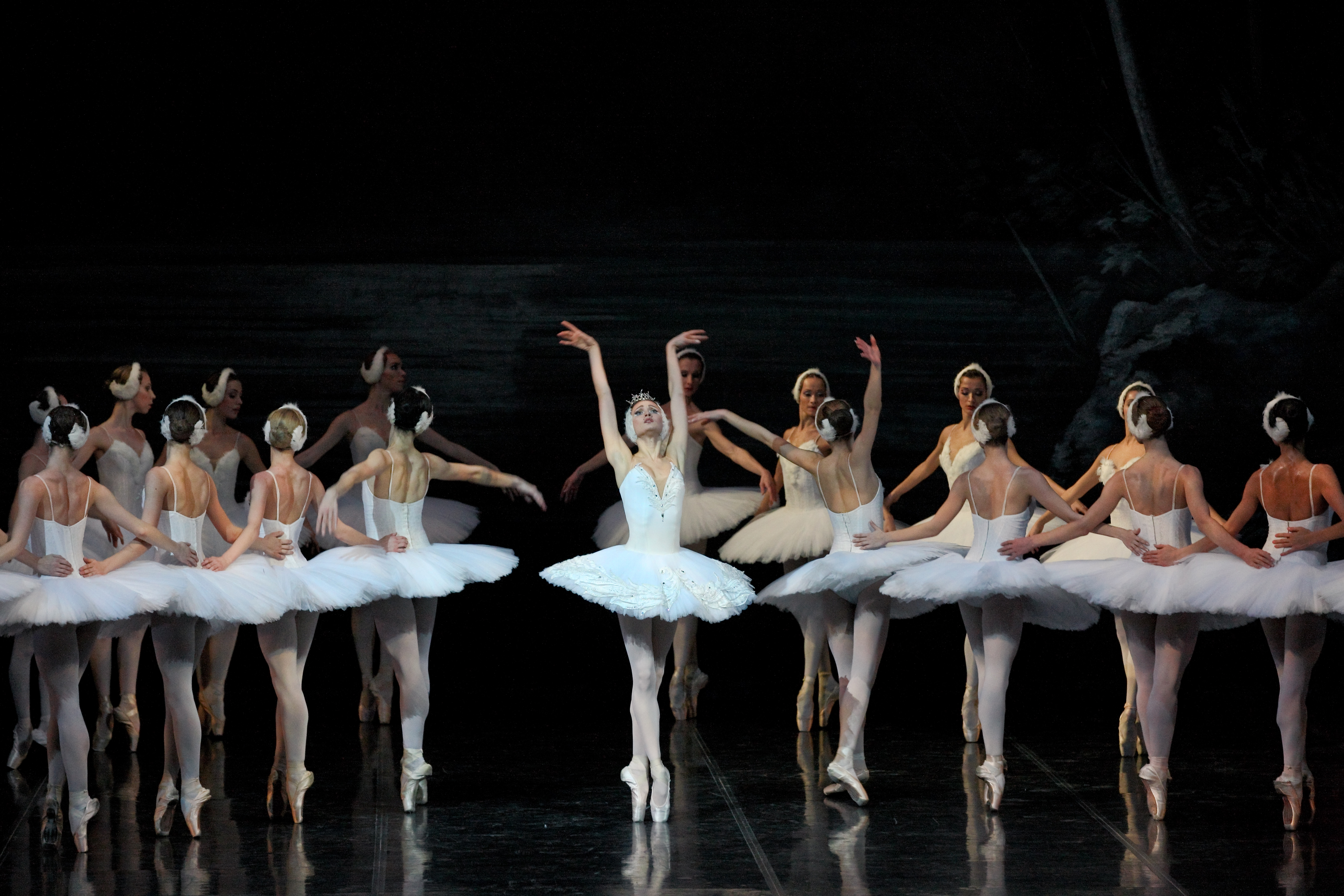The Russian ballet troupe discussed their premier of Swan Lake last Wednesday
Russia’s Perm Ballet Opera performed its rendition of Swan Lake for the first time at Place des Arts last Wednesday, as part of the Grands Ballets’ 2017-2018 season. At the pre-show talk before the premiere, arts journalist Shelley Pomerance sat down with the artistic director and two principal dancers from the Perm troupe to discuss some of the history behind the Perm Ballet Opera and the ballet piece itself.
Perm is the third-biggest Russian ballet company and has a rich history, intertwined with that of the Mariinsky ballet company. Perm’s artistic director, Alexey Miroshnichenko, explained that, during World War II, the Mariinsky ballet theater, which was located in St. Petersburg, moved to Perm, Russia for safety reasons. The ballet troupe stayed there for four years, turning Perm into a well-known centre for ballet. Before moving back to St. Petersburg, they founded a ballet school.
Miroshnichenko said Perm has a dance style that is a combination of the Moscow and St. Petersburg traditions, but is still closer to the St. Petersburg style because of its history. “In the St. Petersburg school, they teach to dance with the soul,” he said. “In the Moscow school, they dance with the head.” He chuckled when asked where he comes from—he answered: “St. Petersburg.”
The role of the artistic director in the Russian ballet tradition is overarching. Miroshnichenko explained it has changed very little since the first appearances of ballet companies in the Russian Empire, when artistic directors were also the main choreographers. He has been the troupe’s artistic director since 2009 and oversees the adaption of all ballets. “I am responsible for everything that’s going on,” he said.
When asked what he thinks his most important role is as the artistic director, Miroshnichenko smiled slightly and answered “discipline,” rising a chuckle out of the audience.
To the surprise of many, Swan Lake was not a success when it was first presented in Moscow in 1877. Miroshnichenko explained that, while many people think Swan Lake is the most originally-preserved ballet, many modifications were brought to it after the death of its composer, Pyotr Ilyich Tchaikovsky. A mere four original musical pieces were kept.
Pomerance has been doing this type of pre-show analysis and introduction for four or five years. “If you only see [a ballet] once, it’s helpful to have something to guide you through the ballet so you know what’s going on and what the choreographer was thinking,” she said. Pomerance said the old artistic director of Les Grands Ballets Canadiens de Montréal felt very strongly about having these types of introductions, especially for contemporary ballets, which is what Les Grands Ballets specializes in.
While Pomerance does not have a preference for one type of art over the other, she said the more she works with ballet and other types of dance, the more she has developed a fondness for its combination of music and movement. She said music and dance “are two art forms where there are no words, and where so much is expressed… You can convey so much emotion through the body and through music.”
Les Grands Ballets’ next production, Minus One, will premiere on March 23 at Place des Arts.




